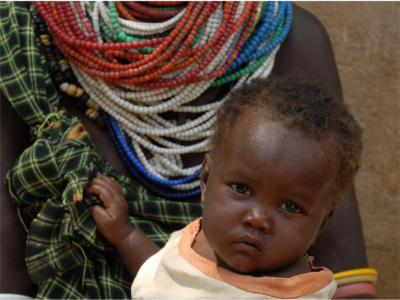Credits: ©UNICEF/UNI6656/Bonn
Opportunities exist to engage with affected communities and integrate the needs of vulnerable groups into nutrition needs assessments and annual assessment plan, regardless of the crisis type. Reaching the people who are most in need of assistance is central to the humanitarian mandate and is reflected in the humanitarian principles of humanity and impartiality. Quality humanitarian programming aligns with this mandate by ensuring access to protection and assistance in safety and dignity.
Learning objectives
By the end of this module, you will be able to:
- Describe key considerations on the integration of affected population and specific vulnerabilities, needs and view of different groups into nutrition needs assessments.
Audience
This module is an introductory-level course aimed at anyone who is interested in developing skills and knowledge in nutrition cluster coordination in humanitarian contexts, and who needs to engage with humanitarian architecture on this topic. It is part of the recommended learning path for sub-national nutrition cluster coordinators aiming to progress to national-level roles.
Length
It should take you about 60 minutes to complete this self-paced course.
Methodology
This course is composed of a single short self-paced animated module, including various examples and activities.
Structure
Introduction
Lesson 1: Identification of nutritionally vulnerable groups
5 mins
Lesson 2: Incorporating accountability to affected populations into your needs assessment
10 mins
Lesson 3: Gender-Based Violence (GBV) risk analysis
10 mins
Lesson 4: Barrier analysis to nutrition services
15 mins
Lesson 5: Disability inclusion
10 mins
Summary
Contact details
For technical issues, you can contact https://www.nutritioncluster.net/Ask_question
